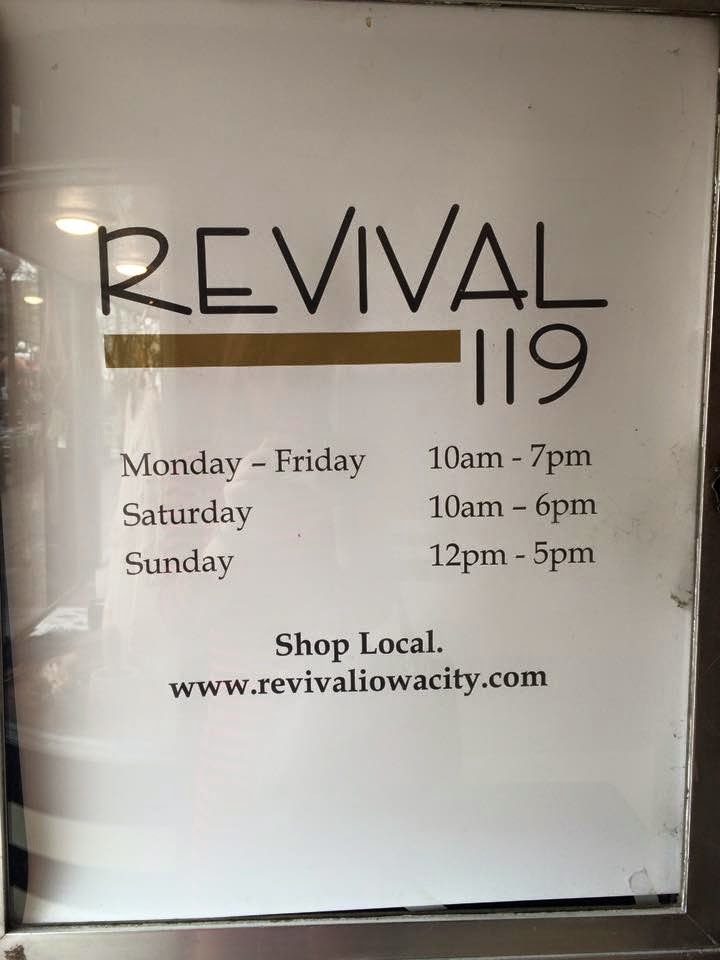I can't believe the shopping sabbatical is over. It's been a wild ride but in all seriousness I learned a lot through this experience.
I buy a lot of things and most of my purchases are impulse purchases. With that being said, most of those impulse purchases don't cost too much. This journey has opened my eyes to quantity vs quality. Do I really need another pair of average jeans or should I save my money for a pair of high cost jeans that are more durable and flatter my body better.
Also how many items of clothing that I purchase do I actually wear? Honestly I don't wear half my closet.
The sabbatical has spurred a lot of thought, it has also motivated me to create a little challenge for myself this summer.
My goal this summer is to either buy from thrift stores or save to purchase something of higher quality. I think it will beneficial for many reasons, for example I will be helping the environment, I won't be supporting fast fashion chains that exploit their workers, and I will learn the power of saving for a specific item of clothing.
Yes, the shopping sabbatical for this class is over but the sabbatical continues on for me and for everyone else whether we acknowledge it or not.































